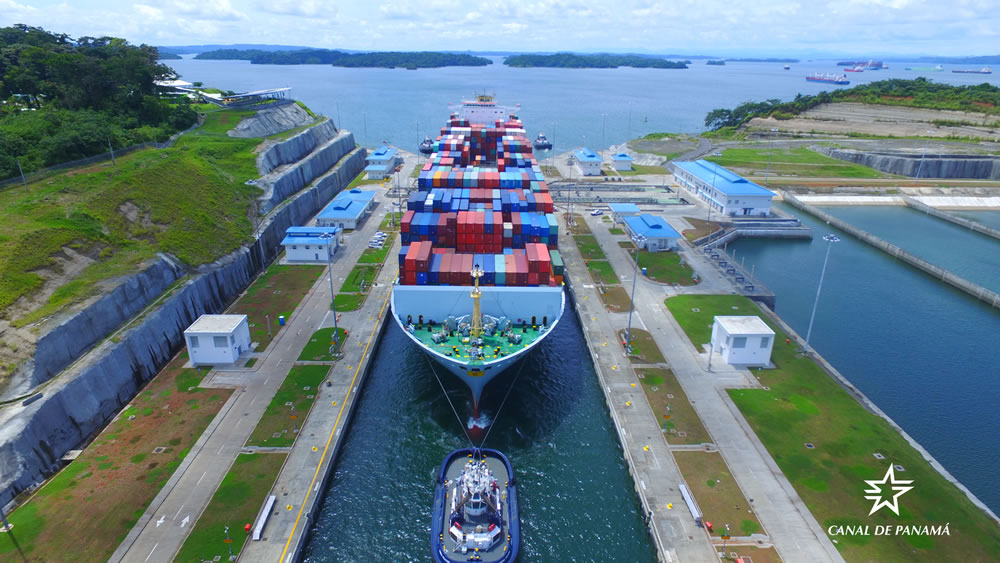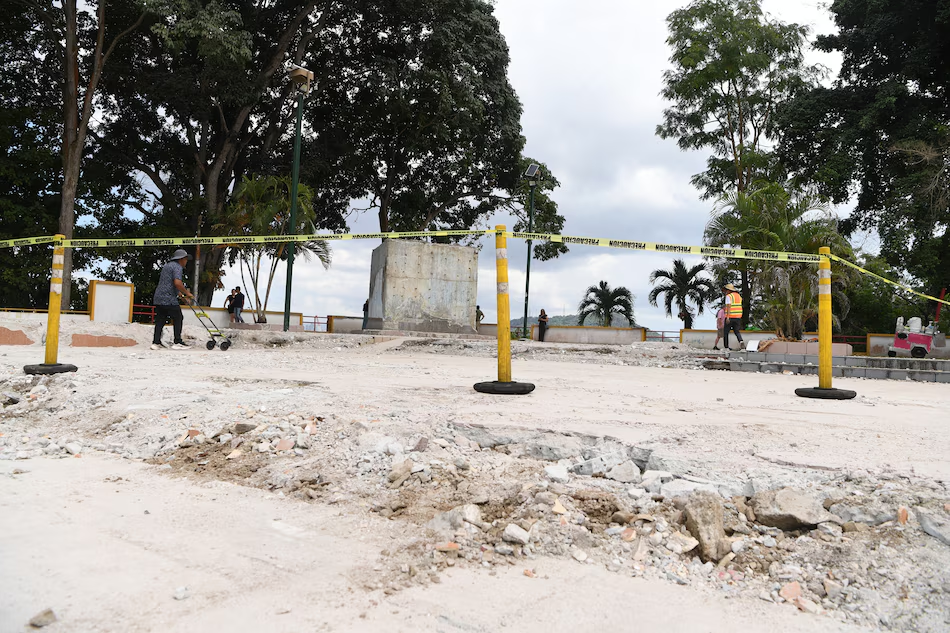Another setback for Panama Papers defense

A PANAMA COURT has rejected a defense request to merge investigations of ‘The Panama Papers’ and the ‘Lava Jato’ case, in which are linked members of the Mossack Fonseca law firm.
In an August 2, ruling, Judge Lideika Lipero Olmedo rejected a request from attorney Guillermina McDonald to join the proceedings of the Second Specialized Prosecutor against Organized Crime against the firm for alleged money laundering.
The judge indicated that for the accumulation of causes it is required that it be a single fact, even if several authors, according to the Judicial Code.
According to the judge, this case does not meet these conditions and therefore the defense request was not granted
The judicial ruling, , indicates that the investigation of ‘The Panama Papers’ is in summary investigation, without formulating charges.
The process is still awaiting judicial assistance from Colombia, Venezuela, the British Virgin Islands, Uruguay, Ecuador, Ukraine, Switzerland, the United States, among others, to clarify the facts. Thdfile began on April 5, 2016.
‘The Panama Papers’ revealed the creation of thousands of offshore companies around the world with criminal intent.
The publication of ‘The Panama Papers’ research, which involved more than 500 journalists from some 80 media outlets gathered in the International Consortium of Investigative Journalists (ICIJ) revealed how offshore companies were created to hide assets and money in tax havens around the world.
Under investigation are Edison Teano, María Mercedes Riaño, Ramón Fonseca Mora and Jurgen Mossack for the alleged money-laundering in Brazil’s Lava Jato investigation.
Theprocess seeks to determine the criminal responsibility of an organization that gave a licit appearance to values obtained in a dubious manner, through real estate transactions and offshore companies, according to the document in its legal basis. This case investigates the services of Mossac Fonseca in Brasil.
The investigation, which began in 2008, revealed the link between the Panamanian law firm and the corporations that were used to hide bribes from the largest plot of corruption in the South American country, which triggered, in turn, the scandal of the construction company Odebrecht and its ramifications in at least 12 countries.





